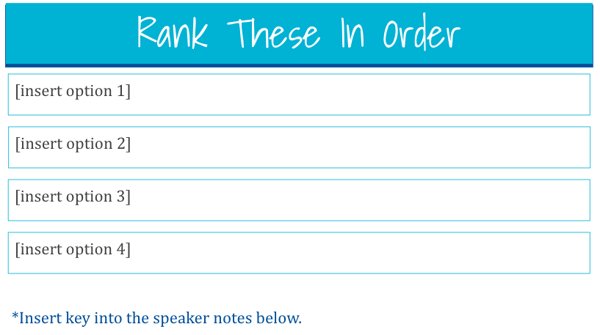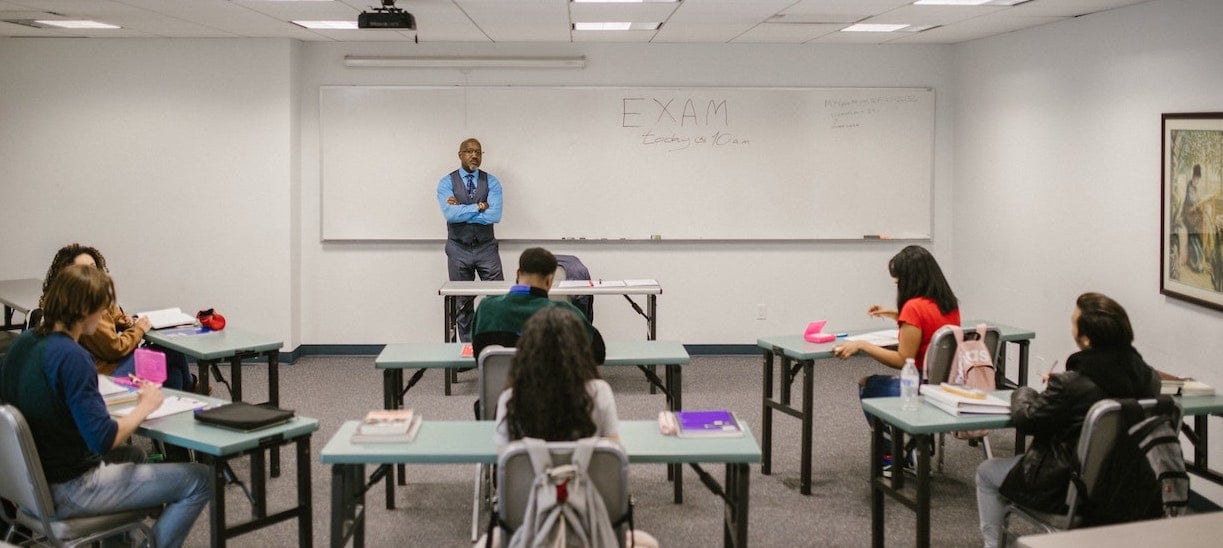Reimagining Test Prep: Shifting to Student-Led Review Strategies
Ahh testing. As much as it would be amazing to ground all of our assessments in project-based learning and authentic assessments, many schools are not there yet. Also, the giant elephant in the testing room is the very real challenge of ensuring students are prepared to show mastery of learning on inaccessible standardized tests. While preparing students for upcoming assessments is a part of our jobs - it doesn’t have to be a time-consuming one! Hear me out.
I used to allocate so much of my own time to help students prepare for assessments. I stayed up late to make Jeopardy boards, plan review days, create study guides - you name it - I tried it. Whether it was for an assessment in my class, or preparing students for the experience of standardized testing (PSAT, SAT, PARRC, oh my!), I took on way too much responsibility for that work. Despite my gorgeous Jeopardy boards and my “You Got This!” inspirational testing shirt, at the end of the day, I wasn’t seeing the output that my efforts deserved. And I know I am not alone. This is because several issues are linked to the traditional, teacher-led approach to engaging students in assessment preparation, such as:
- 1. Review and practice are too often oriented towards preparing for a specific exam instead of creating ongoing review as an important part of the learning experience.
- 2. Oftentimes, review and practice strategies regularly promote the memorization of facts and figures without inspiring adaptability and flexibility (I’m looking at you, vocabulary flashcards!)
- 3. The teacher usually carries the brunt of the workload when creating review questions, practice activities and study guides.
- 4. A single review game or study guide is not enough to provide spaced exposure to vocabulary, concepts, or skills (Damn you, Minute to Win It Literacy Edition).
- 5. The critical thinking and cognitive load falls on the one designing the review game, practice problems, or a study guide (you guessed it - the teacher)
In The Shift to Student-Led, my brilliant co-author Catlin Tucker and I outline effective strategies and templates for shifting from Teacher-Created to Student-Generated review and practice.
One effective strategy is to have your students generate review questions. Provide students with a template (you can use this one!).
- Review their texts/textbooks
- Comb through their notes
- Use Chat GPT
- Format - multiple-choice, vs. open-ended questions, vs. true/false questions
- An answer key
- Reflection opportunities
Once you have gathered everyone’s questions and their answer keys - compile the best questions into one document for a review game, or better yet, have students review and prioritize the questions that would be the most helpful for review and deeper learning. Continue to have your students maintain control by letting different groups emcee the practice game, or consider pairing the small groups together to work through the questions - allowing you opportunities to walk around and engage with your students.
When preparing for an assessment or reviewing previous content, place your students at the heart of the learning process. The more responsibility students have when it comes to their review and practice, the more personalized and authentic it is, and the work they put into the preparation is an investment in their learning. Now, spend your evening making that dinner recipe you pinned, or sit on the couch with a bag of gummy worms and catch up on your DVR.
Student-led workflows help students develop self-awareness, internal motivation, and self-regulation skills, which are critical to becoming expert learners. For more tips and strategies on how to shift traditional teacher-led workflows to your students read The Shift to Student-Led from Katie Novak and Catlin Tucker.



.png?width=728&height=90&name=Advance%20your%20career%20at%20your%20own%20pace!%2050%25%20off%20all%20self-paced%20courses.%20(1).png)
